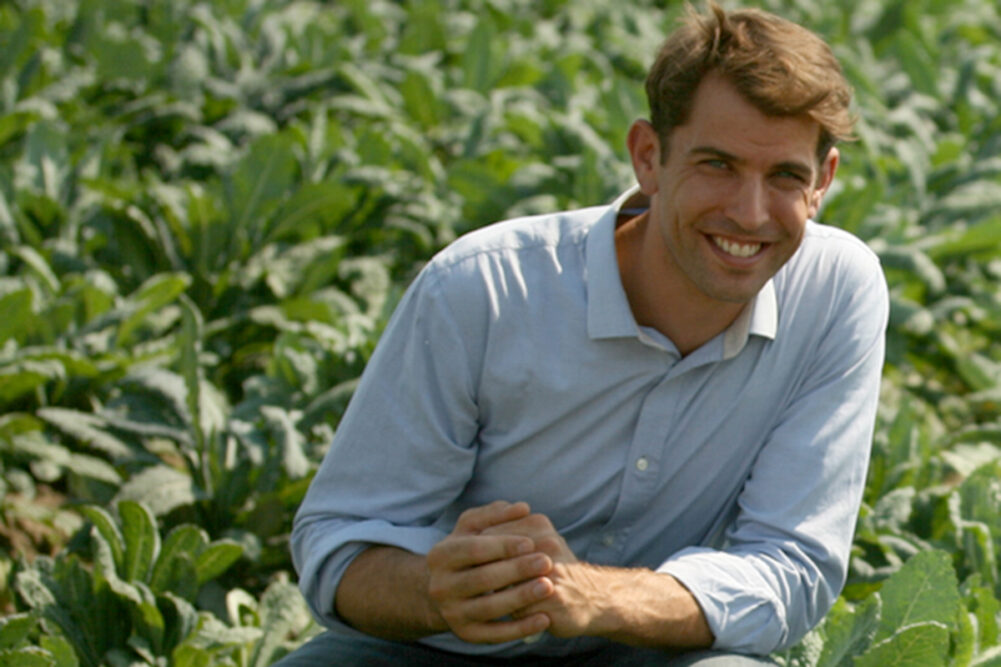In his book Eat to Beat Depression and Anxiety, Dr. Drew Ramsey tells readers that “the most important aspect about nutrition is feeding your mental health, feeding your brain cells and your neurons.” Every week, Ramsey recommends, you should add something new by focusing on a food category that’s critical for feeding your mental health. Some of the highlights, with comments by Ramsey, include:
Week 1: Leafy greens
Why are leafy greens so good for your mental health? Well, there are a lot of reasons, but one is that they are nutrient dense. They bring a lot of different, both classic nutrients, vitamins and minerals, as well as phytonutrients, which are molecules that we find in plants that promote health and have a lot of fiber. Leafy greens are a great brain food because you’re getting a lot of these nutrients that you need for mental health and you’re getting a lot of satiation because you’re eating a fibrous food. I want you to diversify from simply eating salads and think about more than just kale or mixed greens. You can add a lot of varieties of greens in different ways and that’s the foundation of how nutritional psychiatry works.
Week 2: Rainbows
These are colorful vegetables. These are beneficial for our mental health because looking at different colors means you’re looking at different phytonutrients. There’s a lot of new data suggesting that these help us regulate inflammation via the microbiome.
Week 3: Seafood
Personally this was a very challenging category for me. As I mentioned in the book, I didn’t really eat any seafood until I was about 30 and now, years later, I really enjoy seafood. It’s a great food category. It’s the place that we find the concentrated source of long chained omega-3 fats and some very important nutrients like selenium and iodine. A lot of the different nutrients on the antidepressant food scale are found in seafood. Many people need help with their seafood intake so many recipes in Eat to Beat Depression and Anxiety like the dashi or the wild salmon burger are meant to help people incorporate more seafood in their lives.
Week 4: Nuts, beans and seeds
By now it’s been a month of incorporating some brain foods into your life, hopefully more leafy greens and rainbows and seafood. This next food category includes everything from one of my favorite recipes in the book, the cacao buckwheat pancakes, because cacao, the basis of chocolate is, is a seed from the cacao tree and is something that I wasn’t incorporating in my cooking at home. Now I use it all the time. Beans like white beans are a great source of potassium which is one of those antidepressant nutrients that a lot of people don’t know about, but is essential to our health and our mental health.

